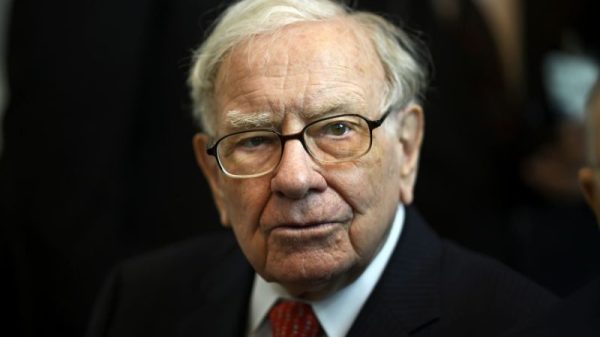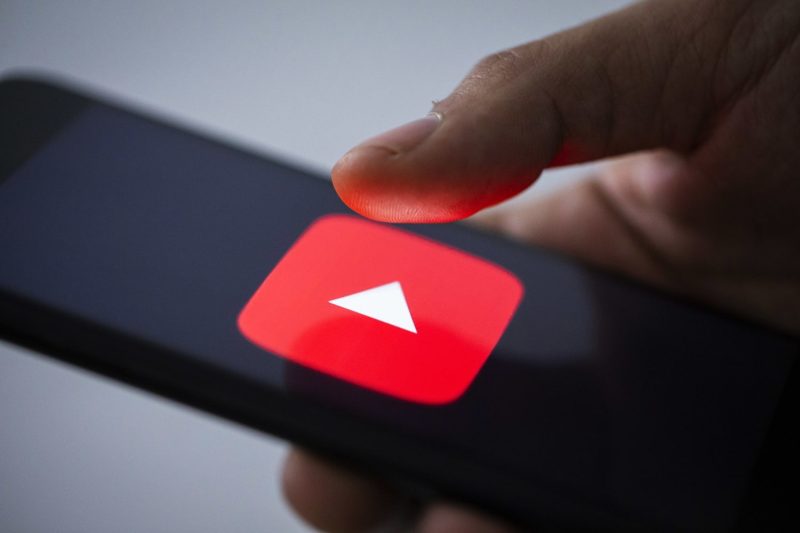Certainly! Here is a well-structured and unique article based on the reference link you provided:
—
In today’s digital age, YouTube has emerged as a dominant force in the living room, forcing media companies to carefully weigh its role as either a friend or a foe in the ever-evolving landscape of entertainment and content consumption. The video-sharing platform’s reach and influence have reshaped the way audiences engage with media, challenging traditional broadcasters and content creators to adapt to new trends and formats.
As more viewers turn to YouTube for their entertainment needs, media companies are faced with the dilemma of either embracing the platform’s potential as a strategic partner or perceiving it as a disruptive force threatening their established business models. With its vast library of user-generated content, YouTube has democratized the creation and distribution of media, empowering individuals and independent creators to reach vast audiences without the need for traditional gatekeepers.
The rise of YouTube as a primary source of entertainment in the living room has prompted media companies to rethink their strategies and offerings to remain relevant and competitive. Recognizing the changing preferences of audiences, many traditional broadcasters and content producers have expanded their presence on YouTube, leveraging its massive viewership and engagement to promote their shows and reach a wider demographic.
However, while YouTube offers unparalleled reach and accessibility, it also presents challenges for media companies in terms of monetization and content regulation. The platform’s ad-based revenue model, coupled with the proliferation of user-generated content, has raised concerns about brand safety and revenue sharing, leading some companies to approach YouTube cautiously and implement stricter guidelines to protect their interests.
Additionally, the growing influence of YouTube in the living room has sparked debates about the platform’s impact on traditional media consumption habits and advertising revenue. As more viewers shift towards digital platforms for entertainment, media companies are forced to adapt their strategies to capture audiences across different channels and devices, blurring the lines between traditional and digital media in a rapidly evolving landscape.
Ultimately, the rise of YouTube as a dominant player in the living room poses both opportunities and challenges for media companies, requiring them to navigate a complex terrain of changing consumer behaviors, technological advancements, and competitive pressures. Whether YouTube is viewed as a friend or a foe, its influence on the media industry is undeniable, shaping the future of content creation, distribution, and consumption in profound ways.
—
I hope you find this article informative and insightful! Let me know if you need any further assistance.


































